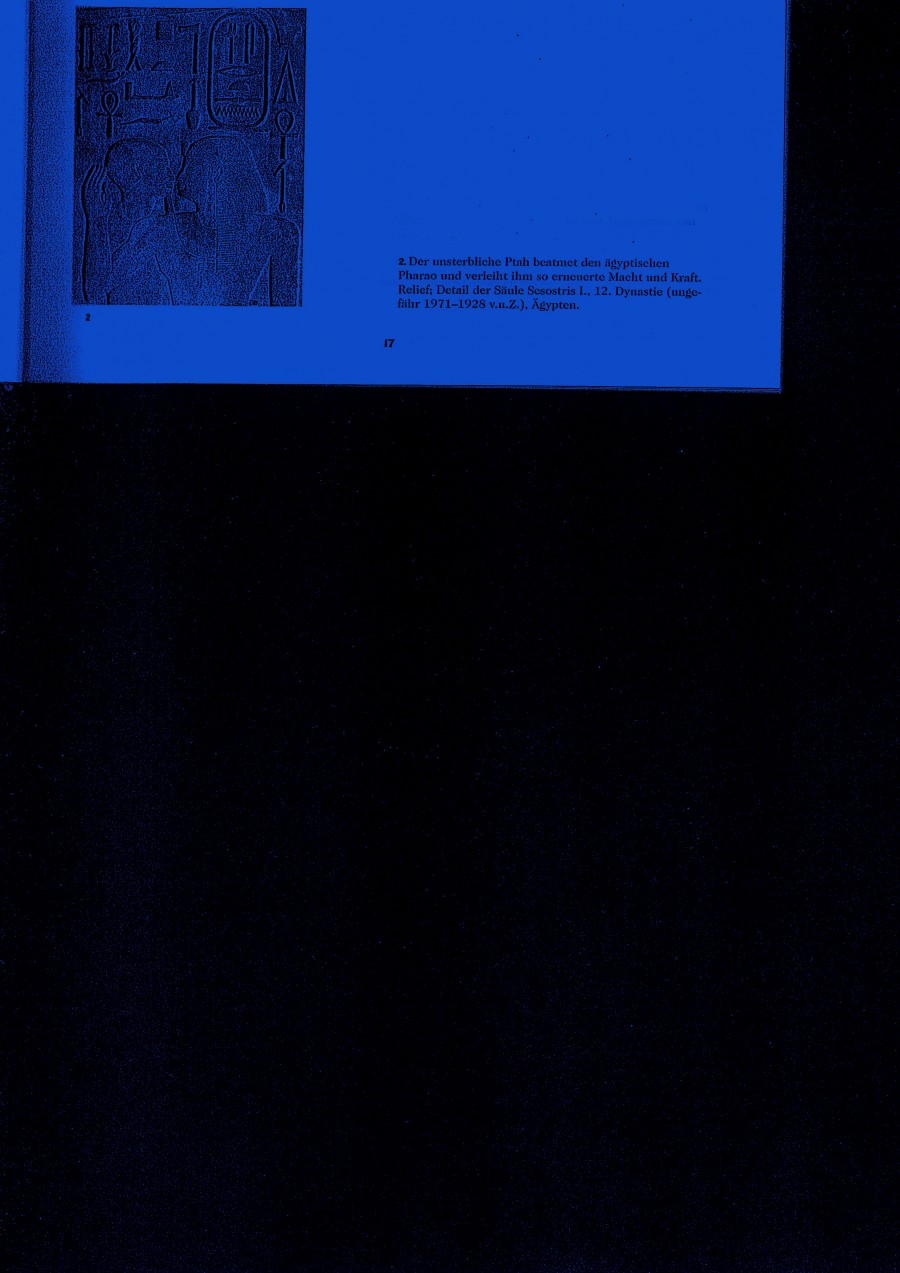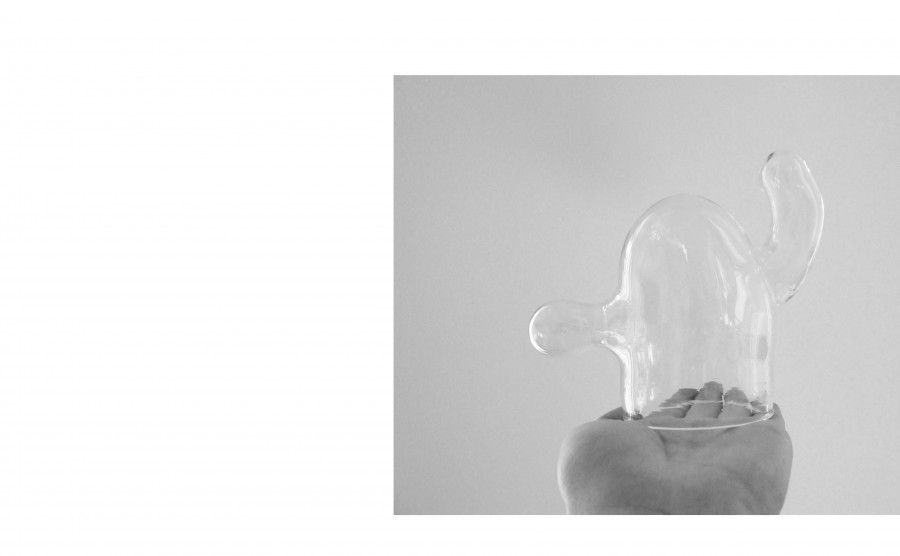Shambhala Style Breathing.
1) Sit upright. I use a wooden stool from a thrift store, but at the Shambhala Center, they gave us firm, square floor cushions. The issue is elevating your hips and pelvis to a position about 6 to 8 inches above the floor. Cross your legs so your heels are at the base of your stool or cushion. Doing this should make your body naturally balance itself by moving the shoulders up and back, and if you don’t fight it, you should find yourself more or less upright. If you have a bad back or some other reason why you really can’t sit on the floor, you can use a chair, but you’ll have to be extra mindful of keeping your back erect. Pull your shoulders back so that they are exactly right above your hips. The only reason we care about any of this is that the correct posture enables an uninterrupted channel for your breath. Bad posture matters only insofar as it makes your breathing a chore for your body to deal with. Good posture makes good breathing automatic. Drop your hands to your thighs, and let them sit wherever they fall.
You were built to be upright and activate good posture. This is your natural mode. The stunning irony is that “being natural” is something you have to do actively. Meditation is not a leisure activity that gives you permission to shut down but, rather, it determines the minimal (i.e. primordial, but also definitive) condition of becoming switched on.
2) Breathe in through your nose and out through your mouth.
3) Empty your mind of thought. Having set in motion steps one and two, turn your attention to the concrete experience of your breath, and keep it there. This is not an invitation to contemplate your breathing, or to analyze it, but instead to allow the sensual process of it, and the notice of it, to occupy the front of your mind. Preoccupying your active thoughts with the simple experience of your breathing serves to block errant thoughts who think they have a right to center stage.
At base, breathing goes on. What we’re doing, then, is allowing the background to be in front. The stage itself is given center stage.
Neither is this an invitation to have a philosophical thought process about thought processes. In fact, it’s an exercise that works against mental activity. It’s not a surprise that people who are prone to knotty philosophical thought processes are most in need of this type of intervention. If a thought rises up, do not do battle with it. Do not pass judgment on it or attempt to work with it in any way. Insofar as the thought has a connection with concern (hint: they all do), the motivating force of that concern will unfurl a chain of consequential associations, explanations, possible solutions, potential new problems with these solutions, and more judgements. Chogyam Trungpa calls this “the gossip”. When the computer virus of mind starts to magnetically pull your thoughts back into chatter, relax, and reorient towards the ongoing in /out of your breath.
I’m still blown away by how hard this is. The act of forcing (allowing?) yourself to practice thought inaction is the deepest, most surgical, intervention into the steel wool of mind you can make, but is correspondingly uncooperative and obscure in the first approach. In the early days of my own practice, getting it to work for 10 seconds was a triumph. The tiny clearing in the insane traffic jam of my mental life was the first genuine relief I’d ever experienced, but I’m at the point where 15 minutes is now a plausible goal. My mother tells me of a friend of hers who meditates for 5 hours in the morning, and has done so every day for the past 25 years.
Josh Mannis




